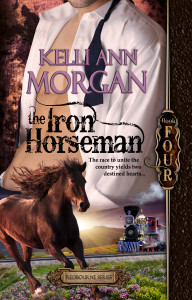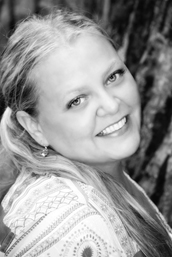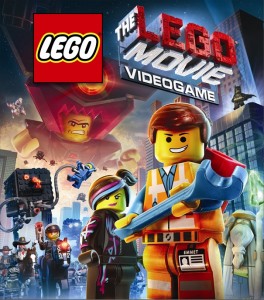Admit it. You play it. Even if you don’t want to admit it you know exactly what level you’re on. I’m on 170 which isn’t as impressive as it sounds when you consider that I’ve been playing for over a year. Every time they threw a new curve it took me a few tries to puzzle out how to finagle the pieces in the moves or time allotted.
The change from a casual player to a savvy strategist is very similar to the shift I’ve had to make recently in my professional life. Now that I’ve made my first professional sales I’ve had to up my game. Before, if I didn’t make a deadline it wasn’t that big of a deal because they were self-imposed. Real deadlines aren’t as accommodating. I’ve had to become a lot better at shifting the pieces around in order to line everything up for completion.
For example, just because I can stay up until 1am writing doesn’t mean that I should — especially if I have to work the next day. Likewise just because I only need one week to complete copy edits doesn’t mean that I can afford to wait until a week before the due date to start. Life happens and even though it’s impossible to plan for monkey-throwing wrenches, giving myself that buffer period has been a life saver more than once this year.
I know it sounds pessimistic to plan for things to go wrong but in my opinion that’s part of being a professional. By the time your first title hits the shelves you’ve been writing long enough to know what life events and health conditions affect your writing. If copy edits are due back in X weeks it’s important to know that the striped candy of vacation is going to kill productivity on week one, the chocolate sprinkled best friend’s wedding is going to wipe out several days, and the exploding candy of other deadlines is going to demand your attention sooner rather than later.
Unlike the game, when things slip through your fingers you can’t restart the level or wait for your lives to replenish. A missed deadline upsets publishing schedules, and the lives of everyone involved. It can leave a stain on your reputation that could take years to remove. It’s better to learn to juggle and use your resources to your advantage to turn manuscripts in on time. Good scheduling skills and keeping realistic expectations for your output will keep you sane while you produce at the rate that keep fans, publishers, and colleagues happy.




